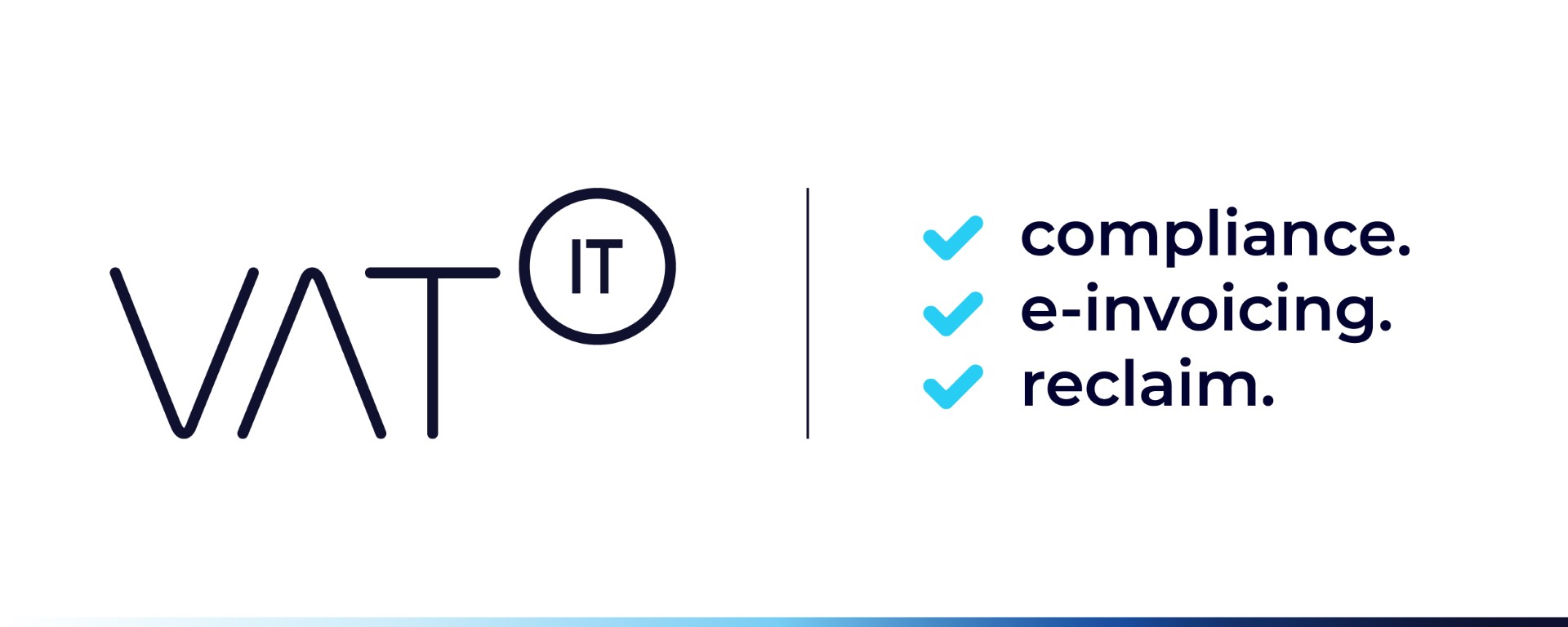- The Ministry of Finance prefers continuing with the Sales and Service Tax (SST) over reintroducing the Goods and Services Tax (GST).
- SST has been in use for over 40 years and is well understood by the industry, traders, and the public.
- SST can be enhanced to generate additional revenue and provide a faster fiscal impact for the government.
- Reintroducing GST would require up to two years of preparation for companies to update their systems.
- With an expanded scope, SST is projected to generate an additional RM10 billion in revenue annually starting from 2026.
- Both GST and SST have their own advantages and disadvantages.
- GST involves multiple stages with an input tax credit mechanism, while SST is imposed at a single stage without this mechanism.
- SST provides certain exemptions, allowing for targeted implementation.
Source: malaymail.com
Note that this post was (partially) written with the help of AI. It is always useful to review the original source material, and where needed to obtain (local) advice from a specialist.
Latest Posts in "Malaysia"
- Malaysia Expands Service Tax: New Exemptions and Compliance Rules Effective July 2025
- Summary of Malaysia’s New Sales Tax Exemptions and Policies Issued in October 2025
- Malaysia Expands Sales Tax Exemption Guide for Eligible Machinery and Equipment Effective July 2025
- Malaysia Revises Service Tax Rules, Adds New Exemptions Effective July 2025
- Malaysia Issues New Service Tax Policies for Healthcare and Construction Effective July 2025














